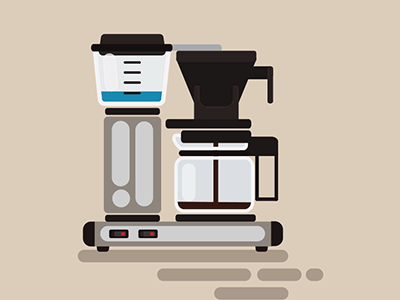UTU B.Tech Previous year exam paper of POWER ELECTRONICS 2012, 6th semester
POWER ELECTRONICS
SEM-VI, 2012
B.TECH EXAMINATION
UTTARAKHAND TECHNICAL UNIVERSITY
Time: 3 Hours
Total Marks: 100
Note: Attempt all question. Use of calculator is permitted.
Answer any four parts of the following:
- What are the different methods of firing employed for SCR triggering? Explain UJT firing circuit with relevant waveforms.
- Discuss the two transistor model of thyristor and derive an expression for the anode current.
- Draw the static V-I characteristics of SCR and explain its mode of operation.
- Name the different power electronic converters available and list their advantages over conventional modes of conversion and control.
- What are the characteristics of n ideal power switching device? Compare the characteristics of IGBT and MOSFET.
- Draw & Explain the circuit diagram for turning on & Turning off operation of a G.T.O.
Answer any four parts of the following:
- Define di/dt and dv/dt rating of SCR. How is SCR protected against these?
- For what type of protection a snubber circuit is used and discusses the design of snubber circuit.
- A number of SCRs, each of rating 2000 V and 50A, are to be used in series-parallel combination in a circuit to handle 11Kv and 400A. For a derating factor of 0.15, calculate the number of SCRs in series and parallel units. The maximum difference in their reverse recovery charge in 20μC. Calculate the value of dynamic equalizing capacitance.
- The resonant pulse communication circuit has C = 20μF and L = 5μH. Initial voltage across capacitor is Vs = 230V. For a constant load current of 300A, calculate
(a) Conduction time for the auxiliary thyristor
(b) Voltage across the main thyristor when it gets commutated and
(c) The circuit turn off time for the main thyristor.
- Give the working of step down chopper and derive expression for output voltage.
- A step up chopper has input voltage of 220V and output voltage of 660 V. If the conducting time of thyristor-chopper is 100μs, compute the pulse width of output voltage. In case output voltage pulse width is halved for constant frequency operation, find the average value of new output voltage.
Answer any two parts of the following:
- Discuss the working of single phase full wave ac-dc convertor taking into account the effect of source inductance. Draw the output voltage waveform for firing angle 30o if overlap angle is 15o for zero degree firing angle.
- A 3-phase full converter, fed from 3-phase, 400V, 50 Hz source, is connected to load R = 10, E = 350 V and large inductance so that output current is ripple free. Calculate the power delivered to load and input pf for
(a) firing angle of 30o and (b) firing advance angle of 60o.
- For a 3-phase semi converter, draw the output voltage waveform for a firing angle delay of 90o indicating the conduction of its various elements on the assumption of continuous output current. Discuss whether freewheeling diode comes into play or not. Also obtain the expression for output voltage.
Answer any two parts of the following:
- Describe the operation of a single phase full wave ac regulator feeding a resistive load. Also derive the expression for output voltage.
- A six pulse cycloconverter, fed from 3-phase, 400V, 50 Hz source, is delivering a load current 40 A to a 1-phase resistive load. The source has an inductance of 1.2 mH per phase. Calculate the RMS value of load voltage for firing angle delays of
(a) 0o
(b) 30o
- Describe the principle of working of single phase to single phase step down cycloconverter both continuous and discontinuous conditions for a bridge type cycloconverter.
Answer any two parts of the following:
- Discuss the principle of working of a three phase bridge inverter with an appropriate circuit diagram. Draw phase & line voltage waveforms on the assumption that each thyristors conducts for 180o and the resistive load is star connected. The sequence of firing of various SCRs should be indicated in the diagram.
- Describe how multiple pulse waves can be generated from carrier and reference waves. Hence show that
(a) Number of pulses per half cycle, N = ωc/2ω
(b) Pulse Width 2d/N = (1 - Vr/Vc)π/n
where Vc & Vr are the amplitudes of carrier and reference signals respectively.
- For a single phase full bridge inverter, Vs = 230 V dc, T = 1ms. The load consist of RLC in series with R = 1, ωL = 6Ω and 1/ωC =7Ω
(a) Sketch the waveform for load voltage VO fundamental component of load current i, source current is and voltage across thyristor. Indicate the device under conduction during different Interval of one cycle.
(b) Find the power delivered to load due to fundamental component.










